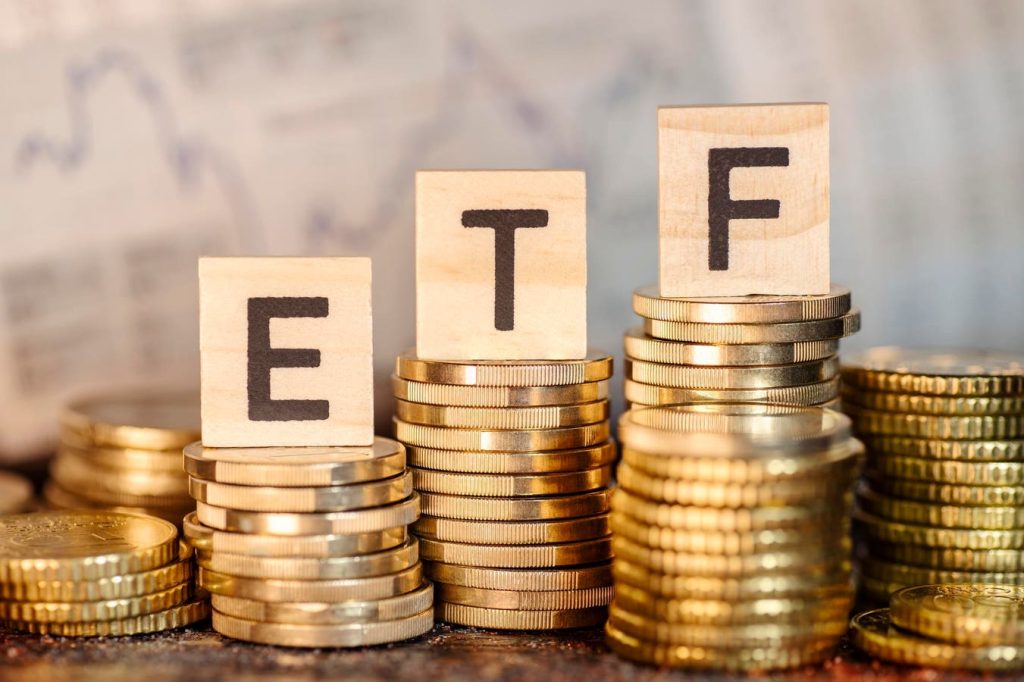Introduction to Commodities and Their Role in Portfolio Diversification
Persons engaged in long-term investments are increasingly recognizing the importance of specialized asset classes that complement traditional equity and bond holdings. Among these asset classes, commodities, which refer to materials such as gold, oil, and industrial metals, have emerged as a strategic addition to portfolios seeking diversification and income-generation opportunities. Over the past two decades, commodities have become a cornerstone of modern investing, offering valuable benefits in managing financial risks and supporting long-term growth. This section provides an in-depth look at the role of commodities ETFs in portfolio management, their advantages, and expert recommendations for allocating these assets to optimize returns while managing risk.
The Advantages of Commodities ETFs
Commodities serve as a valuable asset class due to their ability to act as storage for financial losses and provide exposure to speculative risks. Over the years, they have been identified as a cornerstone of sophisticated investment strategies. For example, commodities can mitigate economic downturns by offering protective liquids that enable investors to bounce back during marketersions. By investing in commodities, investors can diversify their portfolios and enhance their exposure to sector-specific risks. This article explores the benefits of commodities ETFs, including their ability to generate income and manage market volatility.
Investment Guidelines for Commodities through ETFs
When considering commodities ETFs for diversification or income-generating purposes, investors should focus on ETFs that align with their investment goals and risk tolerance. The article recommends allocating between 1% to 3% of a portfolio to commodities ETFs. Within this range, selecting those focused on energy, precious metals (such as gold and silver), and industrial metals offers a structured approach to managing diversification and income generation. These ETFs are designed to enhance portfolio performance while mitigating strain on core holdings, such as stocks, and enhancing long-term omega for equity-focused investors.
Criteria for Selecting Commodities ETFs
In choosing commodities ETFs, investors should evaluate factors such as the ETF’s income generating potential, historical returns, expense ratios, and diversification benefits. For instance, commodities ETFs typically commute returns roughly equivalent to the performance of traditional income-linked ETFs, as the focus is on gold and other commodities. Some ETFs, like the One Year Government ETFs (FYEG), offer low expense ratios, making them an attractive choice for active investors. The top six commodities ETFs selected for 2025 include those that provide exposure to energy markets, precious metals, industrial metals, and agricultural commodities. Each ETF adheres to strict criteria for return and expense ratio, ensuring consistent performance while managing risk effectively.
Specific Examples of Commodities ETFs
Several commodities ETFs have proven to be effective portfolio expanders, offering unique benefits to investors. The First Trust geschs Financial Dynamic Gold Power ETF (SDPNHDP) is often highlighted for its robust performance, providing exposure to gold and silver, two key commodities in inflation-hedging strategies. Additionally, the Energy Unit ETF (EUN) is widely regarded as one of the most attractive options for investors seeking exposure to energy-related commodities such as oil, natural gas, and coal. These ETFs maximize diversification while providing income distributions to align with investor preferences for periodic income-generating income streams.
Conclusion
The choice of commodities ETFs requires careful consideration of the investment horizon, risk tolerance, and alignment with personal investment goals. While commodities can provide significant returns through diversified exposure and income generation, they also present unique challenges due to their volatility and short sell costs. Modern portfolio construction should focus on building an diversified portfolio, selecting high-density ETFs, and managing cash flows through periodic income distributions to sustain growth without compromising returns. This section underscores the importance of a balanced approach to commodity investments while highlighting expert recommendations for optimal placement and management in a commodities-rich investment landscape.

